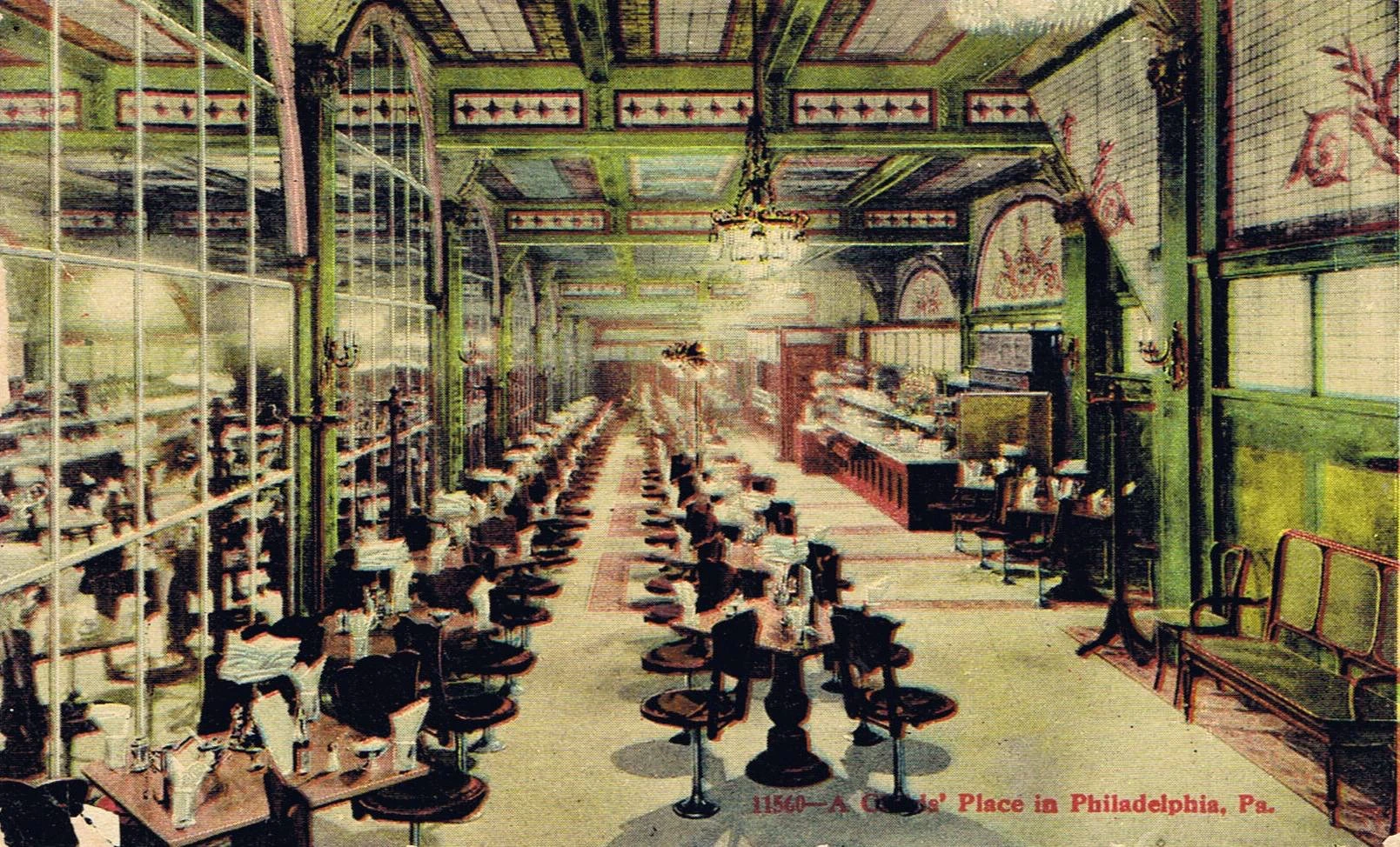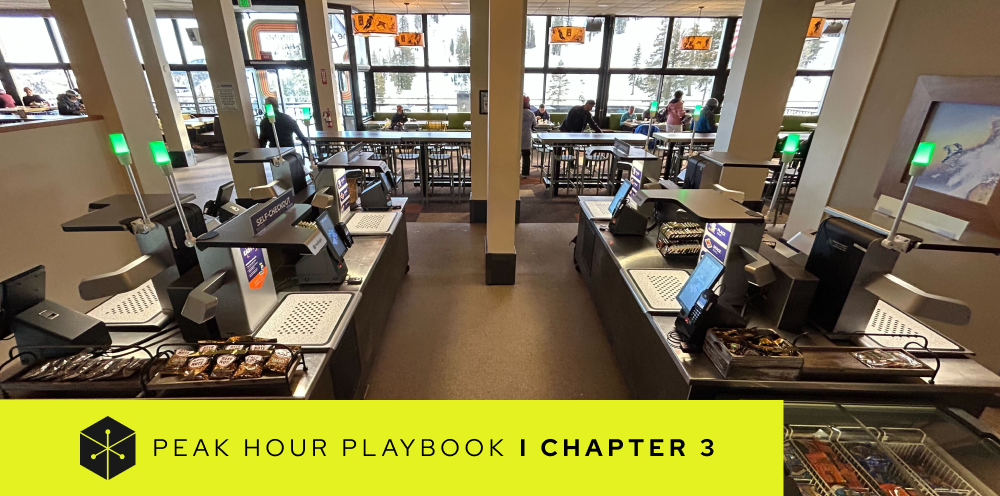From Exchange Buffet to Modern Munching: The Evolution of Cafeterias

The cafeteria, a staple in educational institutions, hospitals, and corporate offices, traces its origins back to a fascinating blend of innovation and cultural exchange. This journey, from its rudimentary beginnings to the modern-day cafeteria, offers a glimpse into how dining practices have evolved to meet changing societal needs and preferences.
The roots of the cafeteria concept in the United States can be traced back to 1885 with the opening of the Exchange Buffet in New York City. This establishment, catering exclusively to a male clientele, revolutionized dining by introducing a self-service model where patrons would purchase food at a counter and consume it standing up. This model laid the groundwork for the development of both the cafeteria and the automat.
However, it was not until the 1893 World's Columbian Exposition in Chicago that the term "cafeteria" was popularized. Entrepreneur John Kruger introduced the American version of the smörgåsbords he had seen in Sweden. By naming it 'Cafeteria,' Spanish for 'coffee shop,' Kruger showcased the simplicity and light fare of self-service dining to over 27 million visitors, effectively introducing the self-service dining format to the United States.
The cafeteria concept saw significant expansion with the growth of Childs Restaurants, which, starting with about 10 locations in New York City in 1890, grew to hundreds across the U.S. and Canada by 1920. A notable innovation by Childs was the introduction of trays and a "tray line" in 1898, a practice that became a standard in the industry.
Despite the rise of fast food and fast-casual restaurant formats between 1960 and 1981, cafeterias have persisted, evolving to meet the needs of large groups in a variety of settings. The modern cafeteria, designed for efficiency, requires fewer service personnel than most commercial eating establishments, making it well-suited for institutions like schools, hospitals, and corporations aiming to serve large numbers efficiently and inexpensively.
The cafeteria's adaptability has seen it spread globally, with variations such as the "cantine" in French schools following the 1881 Ferry Law, which made public school education and meals for needy students a requirement. Today, cafeterias continue to be an essential part of social institutions, providing a space not just for eating, but for community interaction and engagement.
From their inception as simple self-service establishments to their current role as central dining facilities across various institutions, cafeterias have played a vital role in shaping dining culture. They exemplify how convenience, efficiency, and community needs drive innovation in food service, reflecting broader social and economic trends throughout history.

